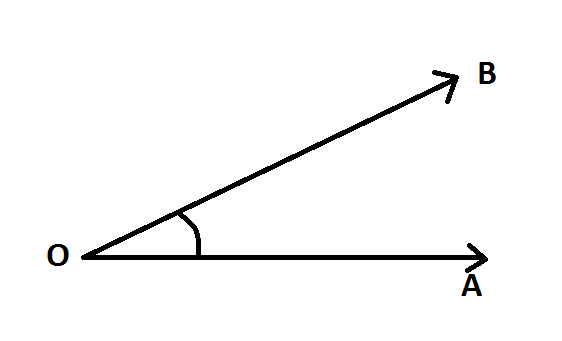Co-ordinate Geometry(Triangles-Straight lines)
Co-ordinate Geometry
(Triangles-Straight lines)
Co-ordinate Geometry is also called Analytical Geometry. It is the branch of Geometry in which we use two numbers, called Co-ordinates to indicate the position of a point in a plane.
Any point in a plane can be located in position with reference to two mutually perpendicular lines called "Co-ordinate Axes" or simple "axes". The horizontal reference line is called the x-axis, and the vertical reference line is called the y-axis.
As Shown in the below figure , XX' is the x-axis and YY' is the y-axis. The point of intersection of these two axes is called origin.
Let P be any point in the plane. From P draw PM perpendicular to OX. Then the lengths of OM and MP are called the co-ordinates of P(usually denoted by x and y respectively). The length of OM is called the x co-ordinate or the abcissa and the length PM is called the y co-ordinate or ordinate of P. Hence a point P can be denoted as P(x,y).
The axes divide the plane into 4 equations as shown below.
Sign convention:
Distances measured along OX and OY are positive whereas the ones measured along OX' and OY' are negative. The signs of the co-ordinates x and y depends on the quadrant in which the point lies.
I Quadrant x-co-ordinate is positive
y-co-ordinate is positive
II Quadrant x-co-ordinate is negative
y-co-ordinate is positive
III Quadrant x-co-ordinate is negative
y-co-ordinate is negative
IV Quadrant x-co-ordinate is positive
y-co-ordinate is negative
Note 1: The co-ordinate of origin are (0,0)
Note 2: The ordinate of every point on x-axis is Zero.
Note 3: The abscissa of every point on y-axis is zero.
Some basic rules and formulas are given below, which have to be remembered. Each formula is followed by one or more examples, which clearly explain its application.
1. Distance Formula:
1. The distance between the two points (x1,y1) and (x2,y2) is sqrt((x2-x1)^2+(y2-y1)^2).
2.The distance between the origin (0,0) and the point (x,y) is sqrt(x^2+y^2)
Example 1: find the distance between the points (-3,4) and (9,-1).
Solution: Distance = sqrt((9-(-3))^2+(-1-4)^2)
=sqrt(144+25)=sqrt(169)=13 units.
------------------------------------------------------------------------------------------------------------
Example 2: What is the distance between the points (0,0) and (-6,-5)
Solution: Distance= sqrt((-6)^2+(-5)^2)
=sqrt(36+25)
=sqrt(61) units
------------------------------------------------------------------------------------------------------------
Example 3: Prove that the points (-5,5),(0,0) and (7,7) represent the vertices of right angled triangle.
Solution: Let A=(-5,5), B=(0,0) and C=(7,7)
AB= sqrt((-5)^2+(5)^2)
AB^2=50
similarly
BC^2=98
CA^2=148
By Pythagoras theorem CA^2=AB^2+BC^2
------------------------------------------------------------------------------------------------------------















Comments
Post a Comment